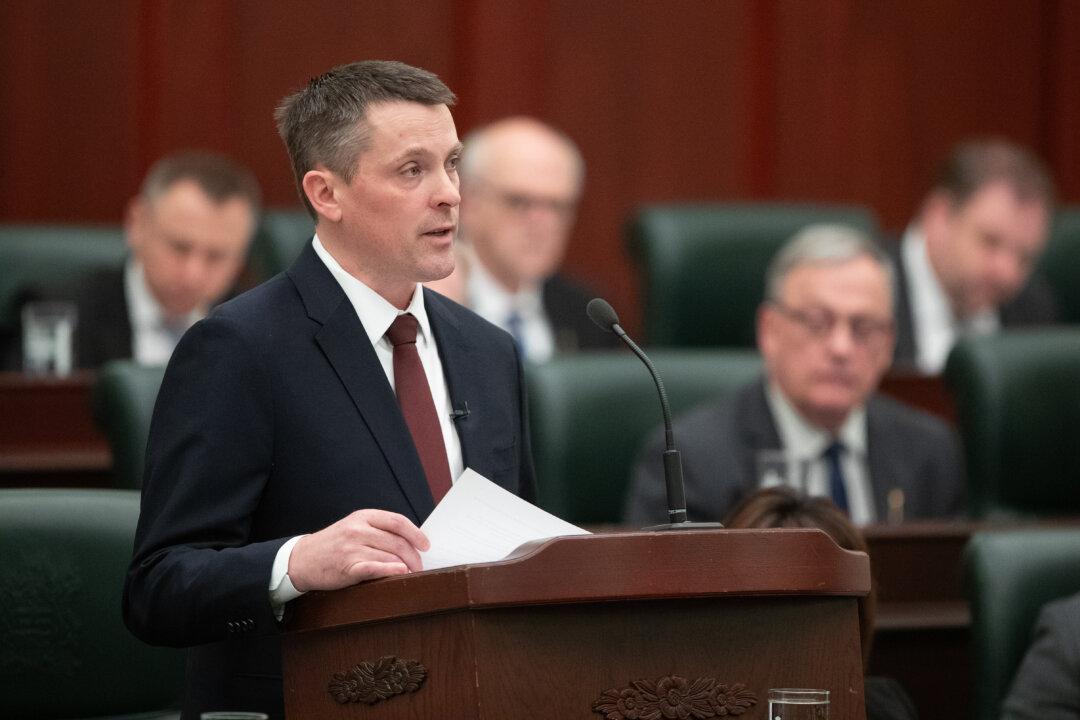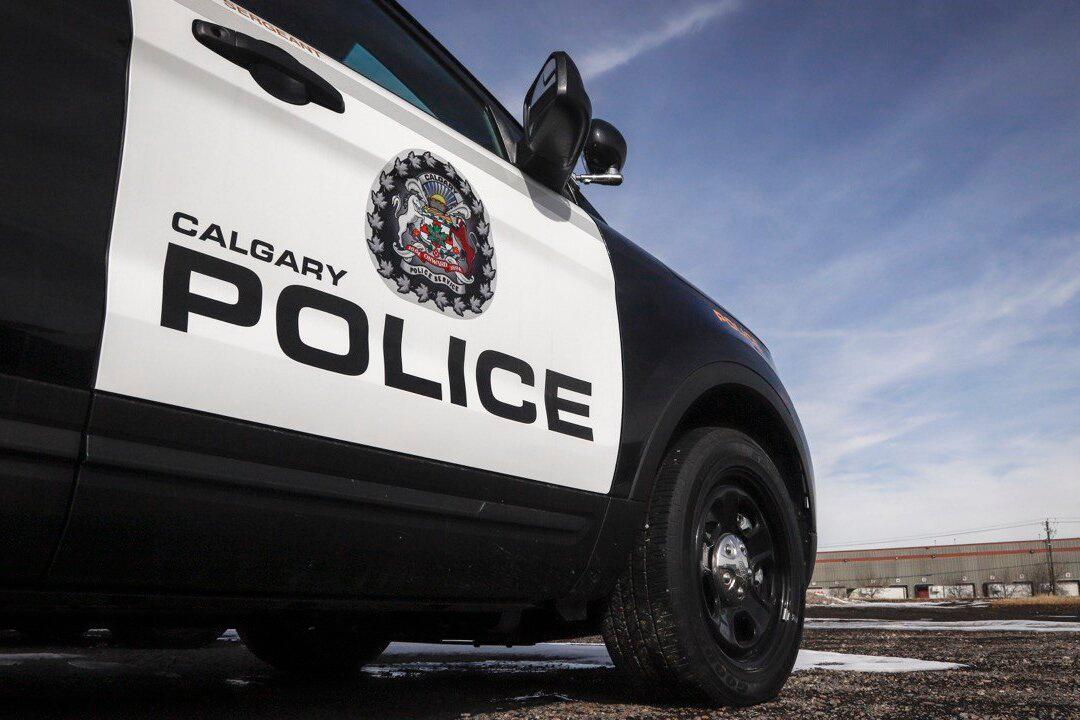EDMONTON—Alberta’s budget is out of the red, forecasts a rosy economic future and promises big-bucks spending on hospitals, health care and programs to plug gaps in its burgeoning labour force.
Finance Minister Travis Toews says the 2022 budget forecasts a $500-million surplus, with small surpluses projected in years after that.
It’s been seven years since the province’s last balanced budget and the surplus represents a profound turnaround from recent budgets drowning in staggering multibillion-dollar deficits.
Toews says Alberta’s economy will fully recover from the contraction that first started in 2014 and the province will lead the nation in economic growth.
Rocketing revenues from oil and gas are the prime motivator, but years of belt-tightening and a diversified economy have also played a significant role, he said Thursday.
“Without the flattening of this operating expense curve, we would not be presenting a balanced budget today.”
The forecast surplus is yet another huge pendulum swing for a province that for decades has been riding the dizzying highs and subterranean lows of oil and gas prices.
Case in point: A year ago, Toews forecast an $18.2-billion deficit for the budget year that ends March 31. That is now expected to be a small fraction of that—$3.2 billion.
The United Conservative government is expecting to get $13.8 billion from non-renewables this year, which would make it the second-highest such take recorded. Oilsands royalties alone would account for $10 billion of that.
West Texas Intermediate, the benchmark price for North American oil, was trading above US$92 a barrel Thursday. The province is predicting a more modest $70 per barrel average over the upcoming year, dropping into the mid-$60 range in the years following.
“We’re using, I would say, credible but cautious energy projections,” Toews said.
Asked if Alberta remains on the energy-price roller-coaster, he replied: “What I can say confidently is we have a far more sustainable fiscal reality today than we had four years ago.”
The budget forecasts $62.6 billion in total government revenue offset by $59.4 billion in base expenses. That’s before extra COVID-19 spending and money to unload cancelled rail contracts to move crude signed by the previous NDP government.
Taxpayer-supported debt is forecast to be $94.7 billion. Debt servicing costs are projected to rise slightly to $2.7 billion.
Despite the better bottom line, the province is predicting the debt to grow in the next two years to fund commitments to create jobs, grow the economy and build health-care capacity.
The budget adds $600 million to the health operating budget, a commitment rising to $1.8 billion in 2024-25.
The money is to finance new intensive care beds, hospital spaces, lab and hospital expansion and to help recruit more physicians and nurses, particularly to fill vacancies in rural and remote areas.
Waves of COVID-19 patients put hospitals and emergency wards under severe strain and pushed the system to the brink of collapse during the fourth wave late last year.
Premier Jason Kenney has said the pandemic underlined flaws in a system in which Alberta pays comparatively more for health care but gets less in terms of per capita bed space and other services. The added cash is aimed at fixing that disparity.
The province also plans to fill gaps in the labour market.
The government is aiming to invest $72 million over the next three years to expand charter schools and collegiate programs to increase opportunities in science, high-tech, engineering, math, and trades.
There is to be $171 million over three years to create 7,000 new post-secondary spots in high-demand areas, including computer and data science, finance, agricultural science, health and aviation.
The Opposition NDP said the budget failed to address the immediate needs of families burdened by long-standing UCP policy changes that have led to sky-high power and utility bills, hefty insurance premiums and higher fees for school, tuition and even camping.
“The premier may be celebrating, but Alberta families are not,” Notley said Thursday.
“There are families and small business owners who are hurting and this budget doesn’t do anywhere near enough to help them.”
The budget also promises natural gas bill rebates for consumers. A utilities rebate will be triggered starting Oct. 1 if gas prices exceed $6.50 a gigajoule.
Notley called it a phantom plan given that the government’s own forecasts don’t predict the price will ever reach that threshold and the government has not set aside any money to pay it out.
Economist Trevor Tombe said the turnaround from steep deficit to surplus is the largest in provincial history. Tombe said he was surprised by the government’s conservative forecast for oil averaging US$70 a barrel.
“That’s far below where markets really think that oil prices will be,” said Tombe, with the University of Calgary.
“So if it ends up in the mid-80s, where futures markets currently are, we could be looking at a surplus on the order of about six, six-and-a-half billion dollars instead of the relatively modest $500 million.”





